‘Bucket List’ : Q&A with Rob Denney



Last year we published a render video of ‘Bucket List‘ a Racing Proa by Rob Denney. Below a Q&A with Rob Denney on pros & cons and status of the project. For additinal info check his web at Harryproa.com
————-
CSN- Which is the advantage of the Proa against a standard Multi? I see all the efficient oriented features, less material, better costs etc but it is hard to get why someone would go for this alternative, even more on a cruiser size type. Rod Denney: Proas are the most boat for the least money. Therefore, they are potentially the fastest for a given cost. They are easy to sail, and using flat panel infusion build methods, easy/cheap to build.
The cruisers are more comfortable than cats as the crew sits in the middle of the boat, can see the sails, is not exposed to the weather, does not need to move to tack or gybe and has far less work to do. Because they are lighter than a same length cat, the rigs and motors are smaller and easier to handle.
The 15m cruiser at youtube.com/watch?v=8chR6DAFjGA weighs 3 and a bit tonnes and sails effortlessly at wind speed under plain sail. Not many big cats can do this, and those that can have huge rigs which are nowhere near as stress free as the proas.
– Why ‘Bucket List’?
Because there are no other options for people who want to charter a racing multihull bigger than a beach cat. Offshore/coastal/round the cans multi racing is exciting, but limited to people who can afford their own boat (usually a cruising compromise) and are only able to race in local races. Bucket List enables anyone who knows how to race the opportunity to do so in all the famous yacht races and Race Weeks around the world, at very affordable rates, with a realistic expectation of placing well.
Bucket List is specifically designed for the world wide race charter market. It is fast, safe, simple and low cost.
Fast: Speed is determined by weight, sail area, length, and drag. 700 kgs, 12m long, 60 sqm and the lowest air and water drag of any 12m multi make it theoretically quick, although this potential is partially offset by the lack of extras.
Safe: There are no headsails or extras, no standing rigging, no holes in the hulls for rudders
or daggerboards and it can be righted from a capsize using the wishbone boom. We are sufficiently confident about the integrity of the boat that we will pay for any non collision damage. That is, sail it as hard as you can, and if you break something, we will replace it. As far as I know, this is unique, and should make the boats affordably insurable, a rarity amongst race boats.
Simple: 4 boats can be unpacked from a shipping container and assembled in a couple of hours by two people per boat. A charterer can turn up the day before the race, assemble the boat in the morning, spend the afternoon getting to know it, compete in the race and pack it up before the prize giving. This opens up events like the Caribbean circuit races, Round The Isle of Wight, Round Gotland, Coastal Classic, Brisbane Gladstone, SNSM, Giraglia, Bol D’or, Newport Ensenada, Charleston, Cowes and Hamilton Island Race weeks, etc to anyone who knows how to race.
Serious offshore races will require more time on the boat, but this would be gained doing the compulsory miles most of these races require.
The rig is an unstayed mast with single sail and wishbone boom with 4 strings (halyard, sheet, cunningham, outhaul) and one winch to control it. The halyard has a simple lock, there are no jammers or clutches and the outhaul is used for the reefs, without needing to lower the sail to thread it.
Accommodation is spartan: 2 bunks and a cooker. The boat can be sailed from the trampoline or from in the hull, with the pram hood to keep the rain off.
Low Cost: The boats cost $US50,000 each and have virtually no maintenance. The hulls are infused glass/foam/epoxy, everything else is carbon. 4 of them fit in a shipping container, which can be stored for very little, and shipped to most ports in the world for ~$5,000 ($1,250 per boat). The charter fee is $500 per boat per day.
– How much cheaper is it to build or buy a 12mtr proa and to which cat size is her performance comparable?RD: There are no boats similar to Bucket List, so comparisons are difficult. One performance measure is power to weight. The square root of the sail area divided by the cube root of the weight (incl crew).
Bucket List (60 sqm/800 kgs) = 0.83 upwind and down.
Seacart 30 (55 sq m/1,200 kgs) = 0.7 upwind and (100 sq m/1,200 kgs) = 1.1 downwind
Formula 40 (90 sq m/2,100 kgs) = 0.74 upwind and (180 sq m/2,100 kgs) = 1.05 downwind
Mad Max (10m catamaran and by far the fastest boat in the 2015 Australian Multihull Nationals) (69 sq m/1520 kgs) = 0.72 upwind and 136 sq m/1520 kgs = 1.0 downwind.
Multi 50 Tri (150 sq m/4,200 kgs) = .76 upwind and (250 sq m/4,200 kgs) = 0.98 downwind
It is worth noting that, unlike Bucket List, all these boats require very skilled sailors and a lot of tuning to realise the boat’s potential. And that they are far more expensive to buy, operate and maintain.
– In high winds how smooth the rides are with the proas? How about pitching moment?
The ride is very smooth as the boat is long and easily driven. It is also dry as flying the windward hull is much easier than in a cat or tri. Pitching is minimised due to the almost rockerless hulls (rocker is not needed on a boat which does not tack), quite full ends and concentration of weight low down and central. The crew are not as far aft as on a cat or tri, so you reach the off wind edge earlier, but the lack of extras and unstayed rig (no stays to stop the sail being eased and automatic depowering in gusts) make it easier, safer and more exciting to sail on the edge than it is on a cat or tri.
– How stable laterally speaking are the proas?
RD:Theoretically Bucket List flies a hull in 12 knots of breeze. With the crew sitting to leeward, it will be lower. Because of the 7.5m beam, light weight, tall rig and flexible mast, hull flying is easier and more stable than on other multis.
– I saw above 30° you have a mainsheet auto release, how is this implemented ?
RD:There is a wand alongside the windward hull. As the hull lifts (in either pitch or heeling), the wand rotates and opens a cam cleat holding the mainsheet. The sheet runs free, the main weathercocks, the boat stops and the wand resets the cleat. Sheet on and continue sailing. As there is only one sail and the release is almost instantaneous, the angle of heel or pitch can be set higher than for a boat with extras or multipart sheets.
The one part mainsheet leads from the boom directly to the winch. The loads are low as the wishbone boom and angled foot of the sail provides all the leech tension. The mainsheet only controls the angle. Same as a conventional traveller, but without all the friction and hardware.
Smaller proas also have this system?
They can, but it is so easy to keep them upright using the sheet that it is not used.
– Speed & vmg against a comparable Cat/Tri?
See F 40, Seacart 30 etc above.
– Beyond cost effectvive racing, which are the reason people might go for a recreational proa, beyond costs?RD: Bucket List allows people to race in famous races anywhere in the world for not much money or time.
The boats are fast and can safely be pushed to, and beyond, the limits. The charterer makes all the decisions and does not need to organise a large crew.
It is cheaper for 8 people to charter and ship 4 Bucket Lists than it is to charter a racing mono, which will probably be slow, have tired gear, dirty bottom and need a week’s hard work to get it race ready.
The 8 Bucket Listers will all be sailing, steering, trimming and making tactical calls against identical boats. On the mono, 2 or 3 people have most of the fun, the rest are rail meat and no one knows who has won until the handicaps are worked out.
– Bucket List Project Status?
RD: The windward hull is built, ready for the beam sockets and painting. The rudders are built. The lee hull/decks half mould is built and the first half has been infused. The second half, beams and mast will happen soon. I then need to assemble it. It may be in the water by the middle of the year. Once it is, I will debug it and then it will be available for races on the east coast of Australia (Hamilton Island, Airlie Beach Race Weeks, Pittwater/Coffs, unofficial Sydney Hobart, etc etc), New Zealand and Noumea. The 4 boat fleet for Europe will be started when the debugging process is complete.
– Cost range for a 12m Bucket List? Delivery time frames?
Cost for the boat ready to sail is $US50,000. Delivery will be one month after receiving the 50% deposit, depending on how busy the builder is. They can be bought for individual use, or as part of the charter fleet on either a time share or investment basis. However, we are not building any boats until the first one is sailing.
Additional comments by Rob:
Proas are sailed exactly the same as conventional boats, except :
1) They shunt instead of tacking or gybing. The current main sheet is released, and the new mainsheet trimmed on. The boat stops, then starts sailing in the other direction and you steer onto the new course. Easier, safer and simpler than tacking or gybing, but a little slower.
2) Bucket List has 2 rudders, one on each beam. They work in both directions (bidirectional foil section) and can be used together or seperately. Upwind, the aft one can be locked and you steer with the front one. Downwind and reaching, the front one is raised. They can be used together to crab to windward, to save double tacking to lay a mark or to squeeze out a boat passing to windward. They can also be raised for shallow water sailing and kick up in the event of a grounding or collision.
3) As proas don’t tack or gybe, the RRS covering these maneuvers do not apply. The rest of them do, so racing in a mixed fleet is not a problem.


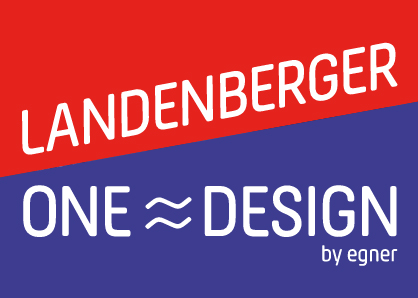
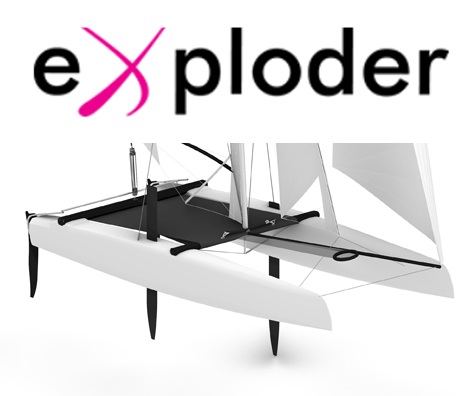
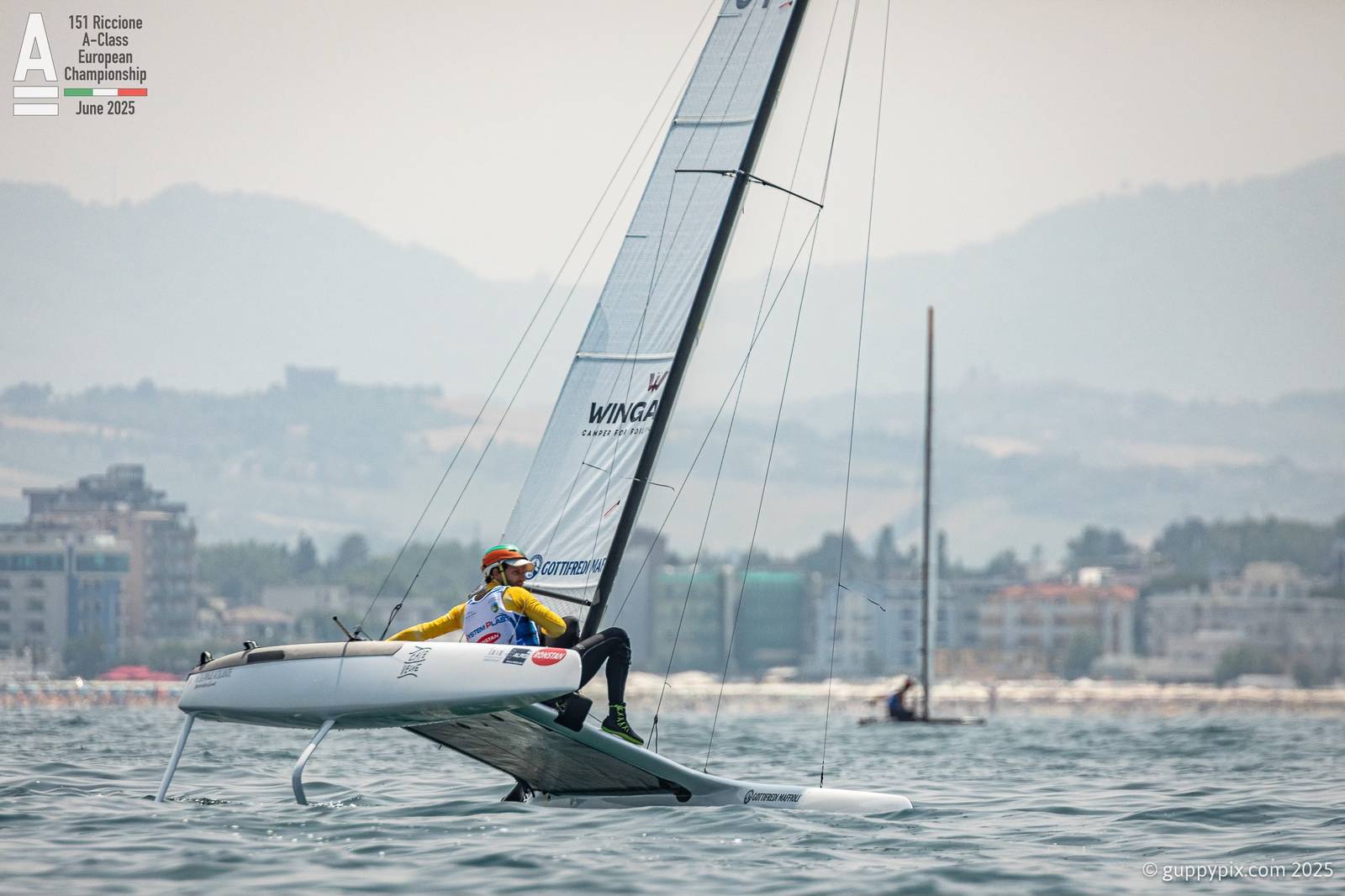
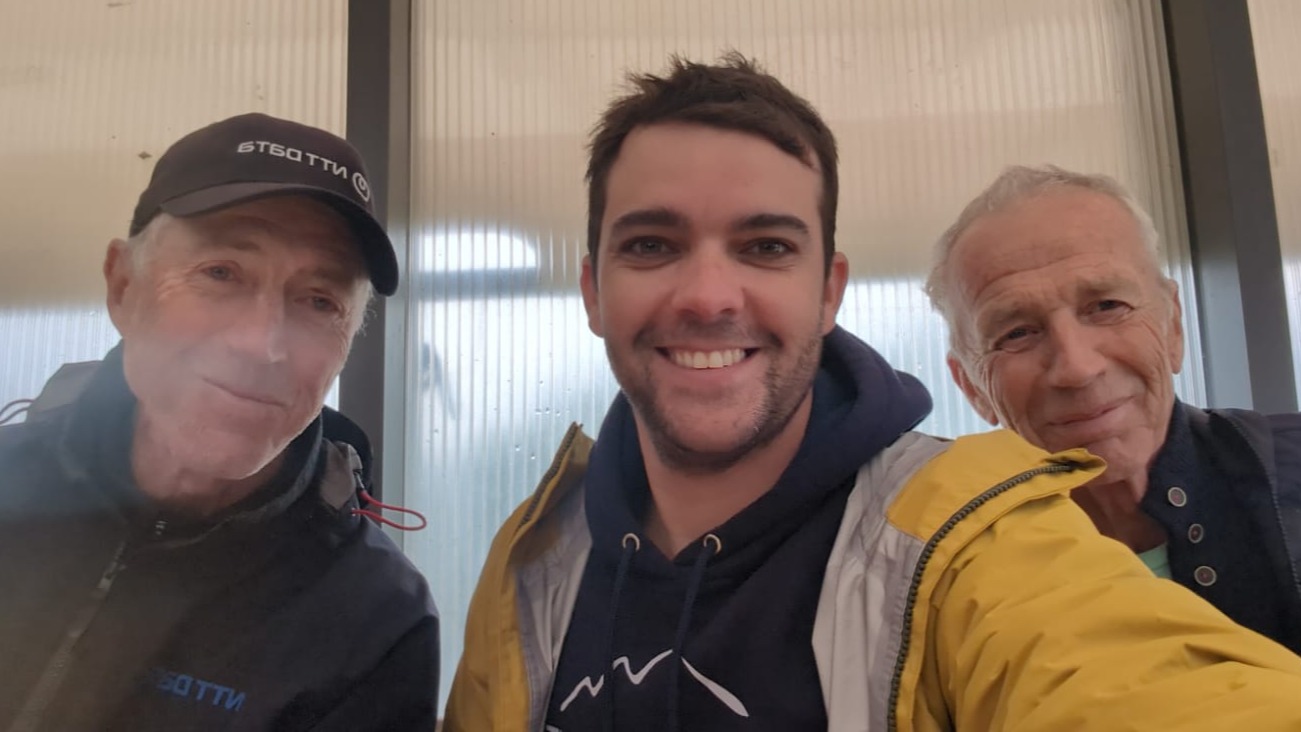
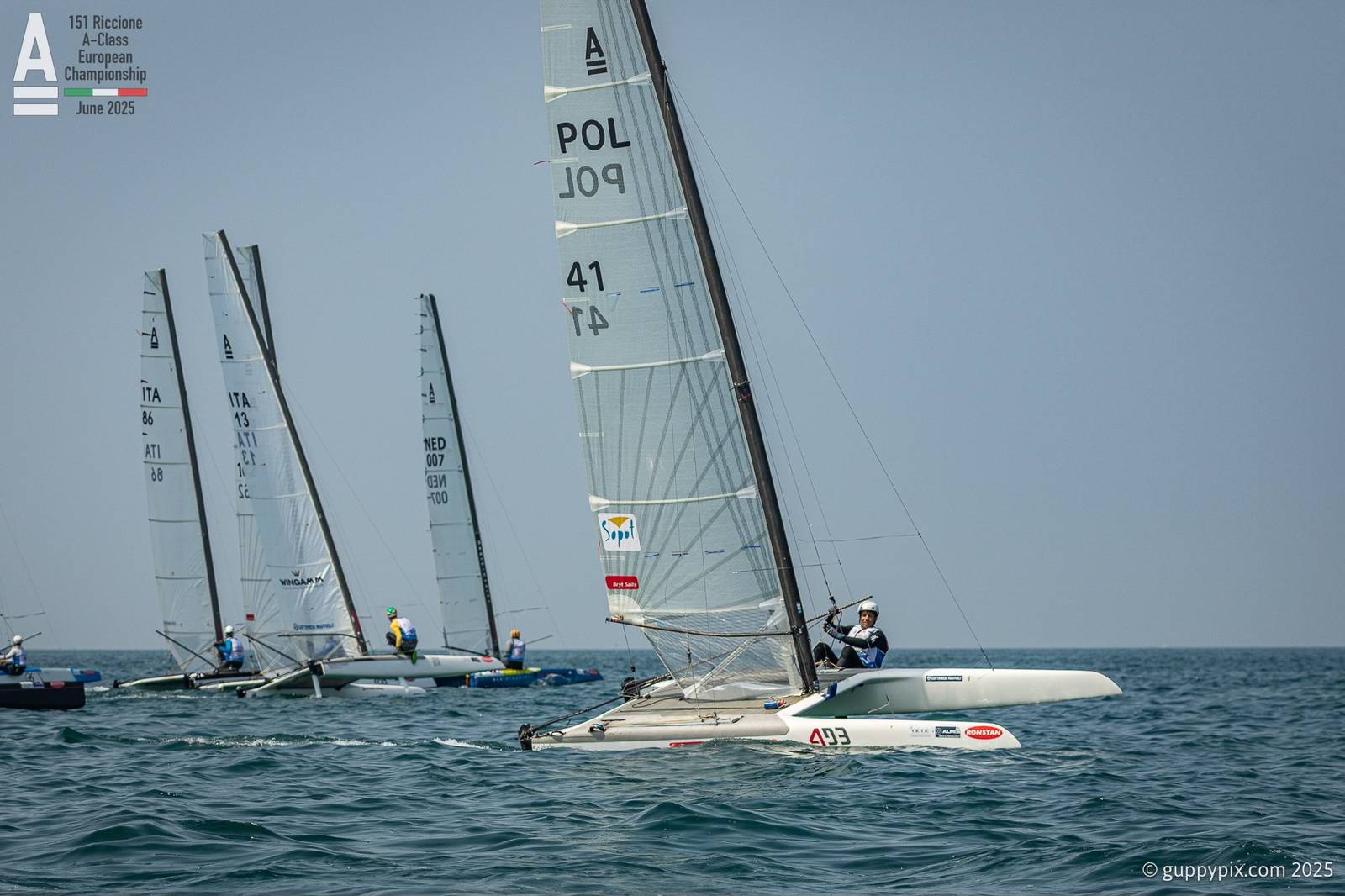
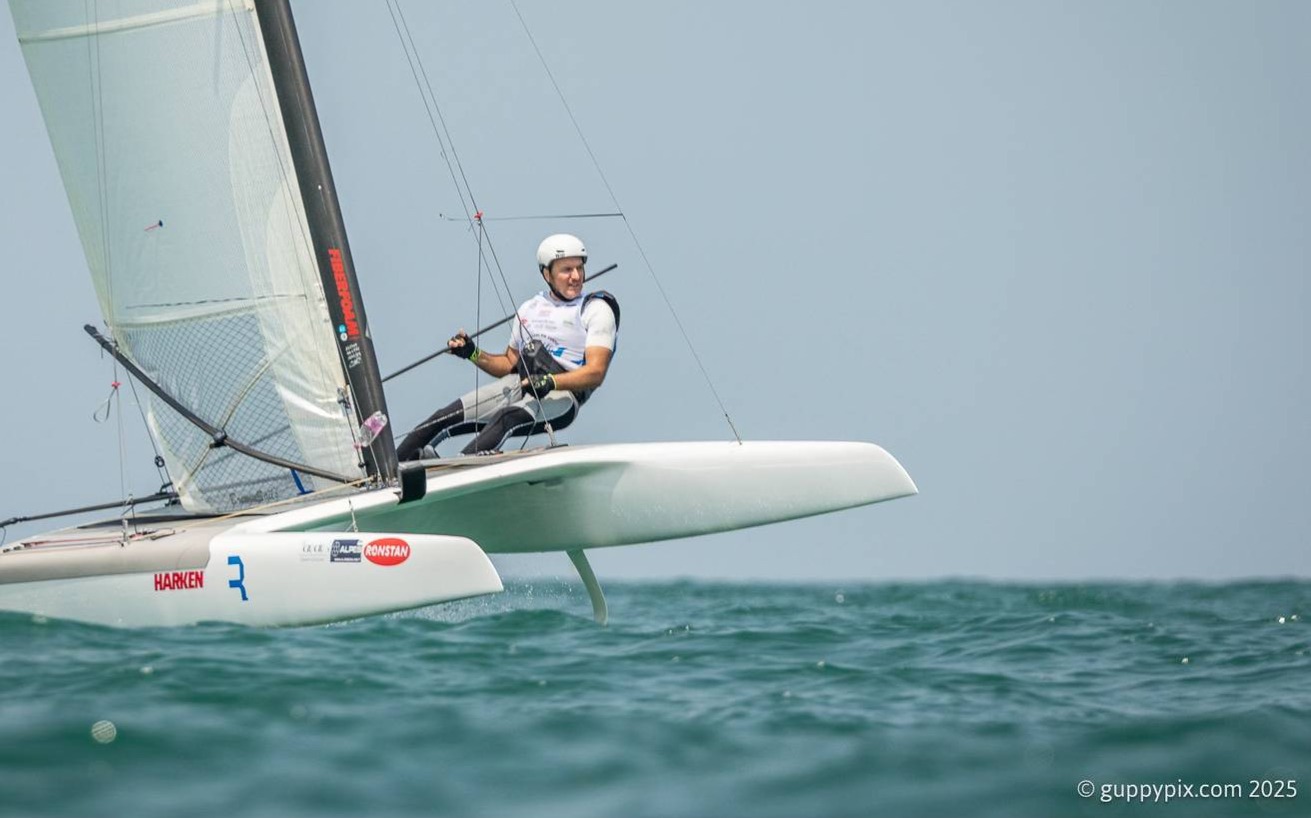
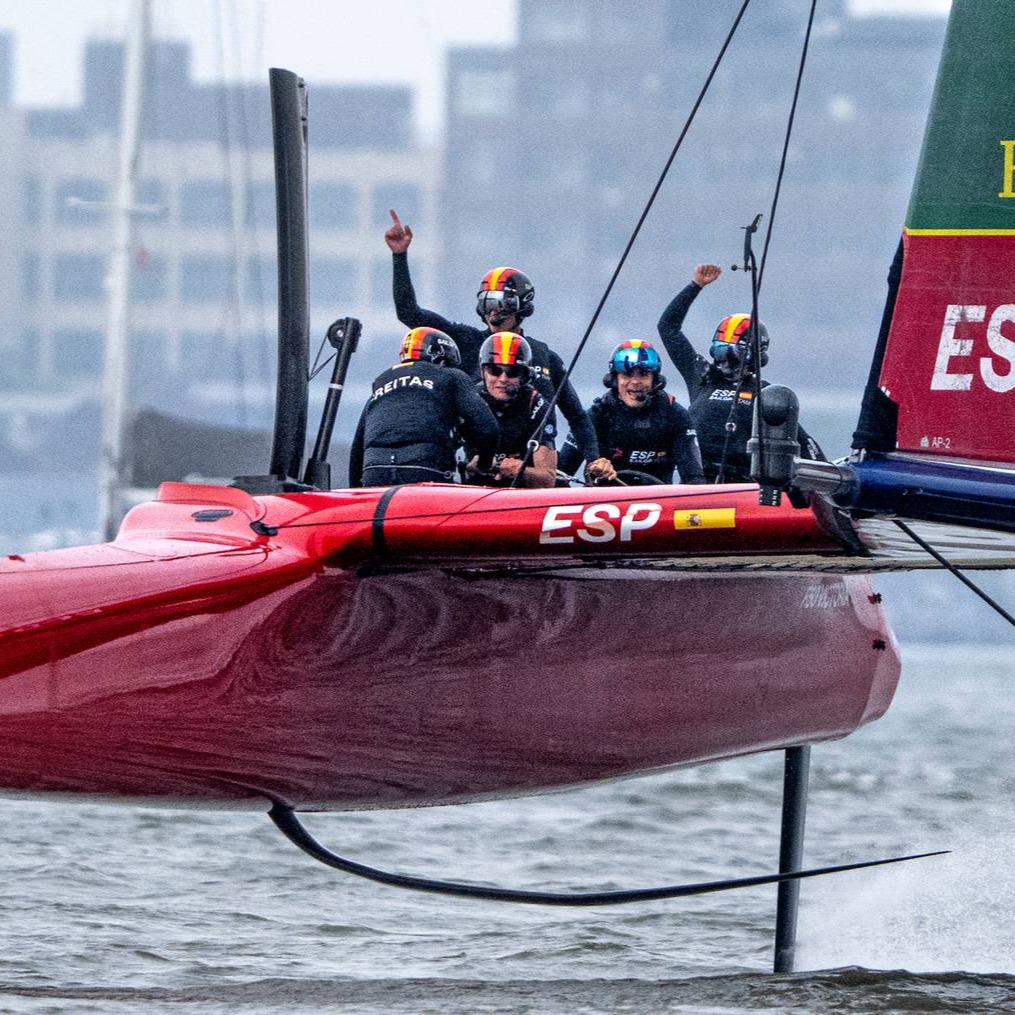
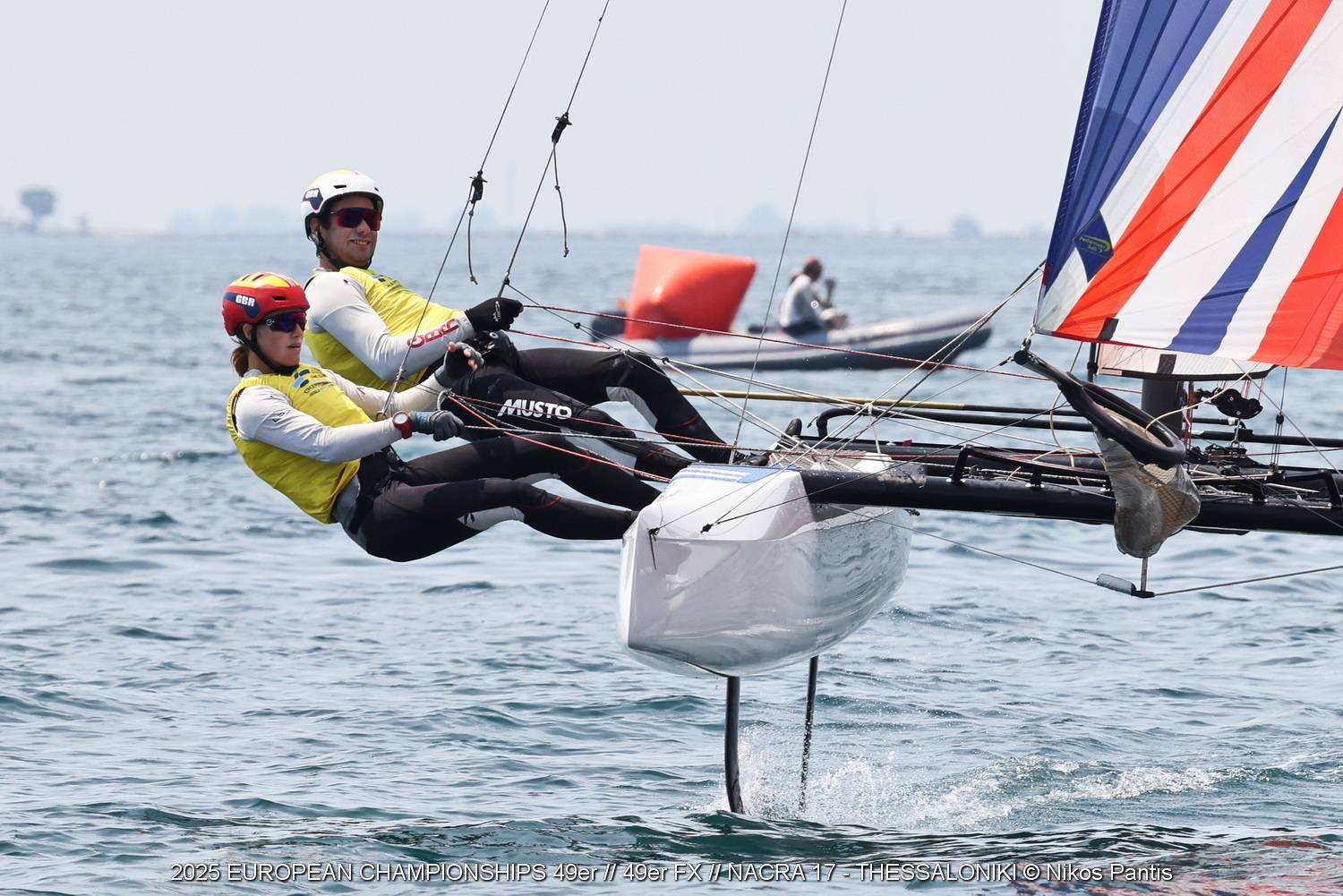
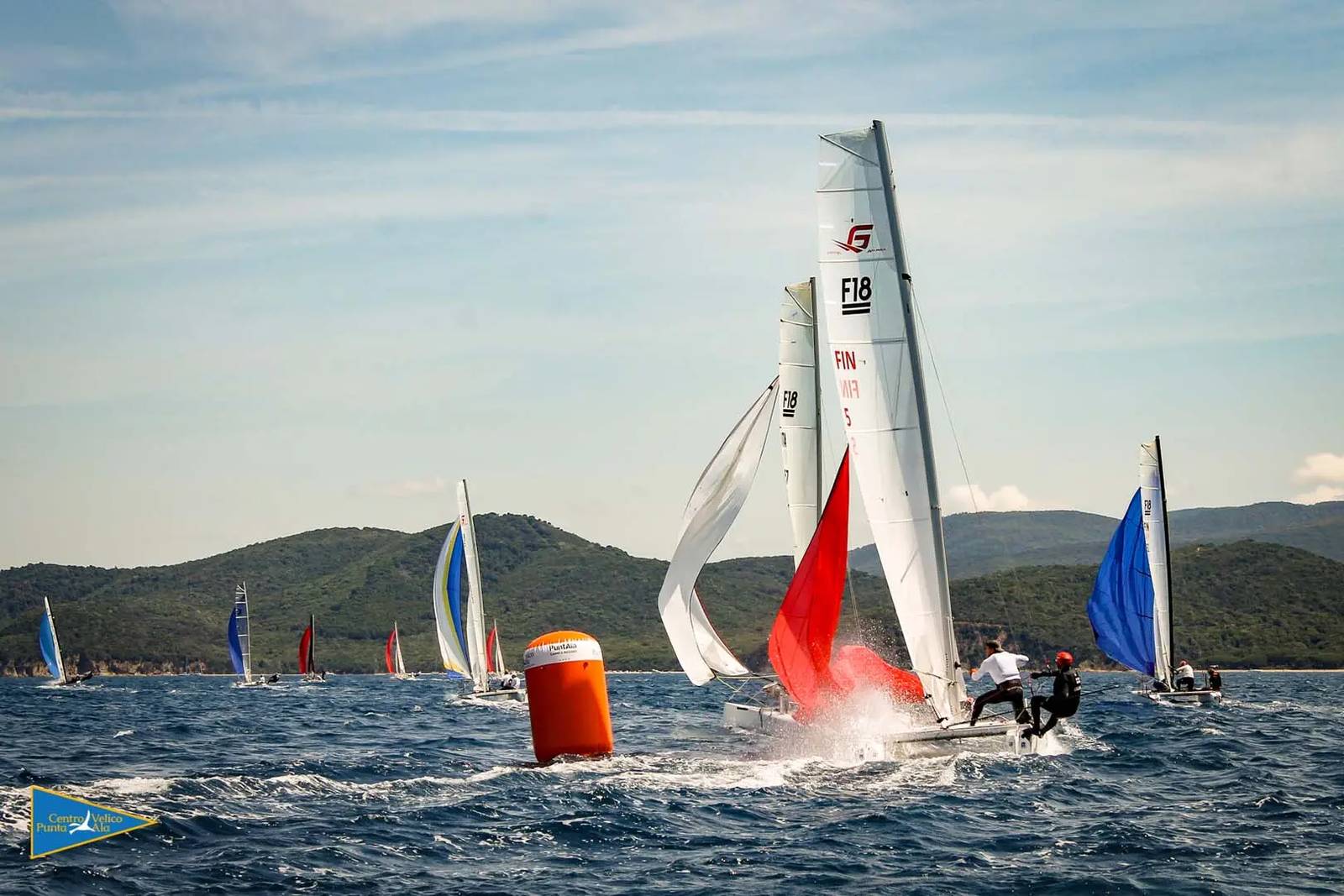
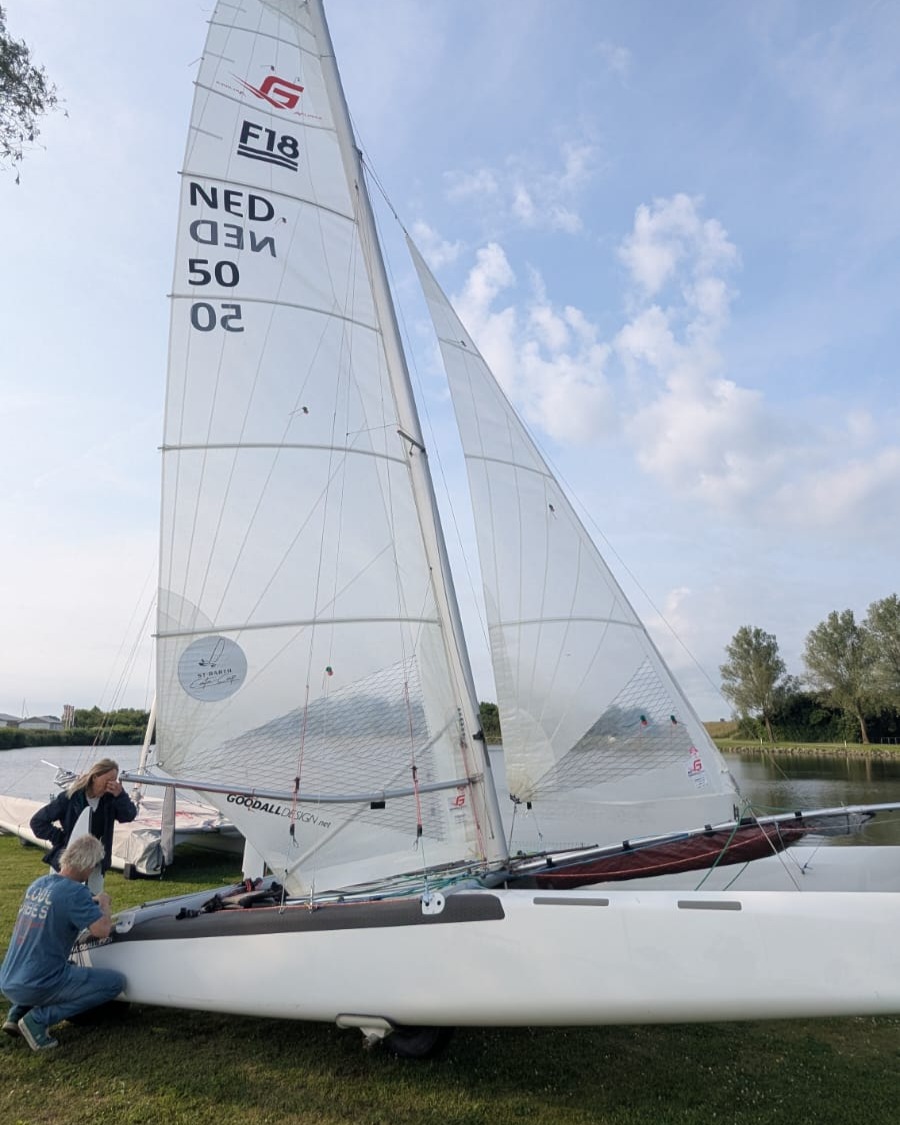
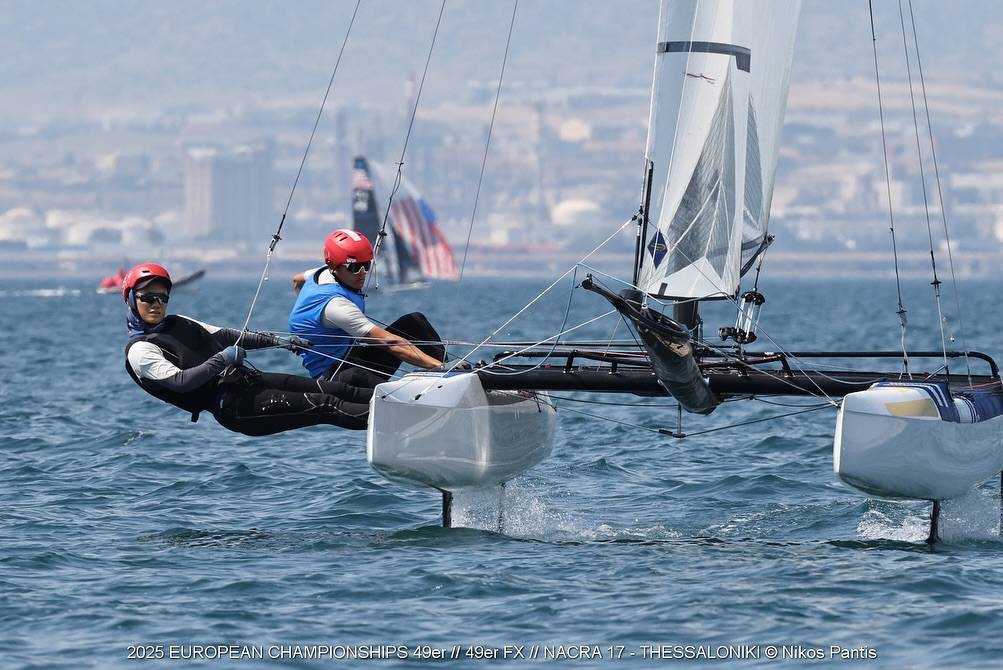



















Good luck Rob, great idea.
Just what The Doctor ordered- Trully User-Friendly, Cost Effective, and More Fun Per $$$$, Great Formula, Imua and Gambatte Denney-san. Hmm, Wonder what a future 25' x 14' x 300 sq. ft. Concept and configuration would be like; Maybe Foils and Kites for the next "Proven" Generation-Model.
Keep Pulling the Apparent, and Be One with The "Pulse" of The Wind and The Waves… aloha nui.